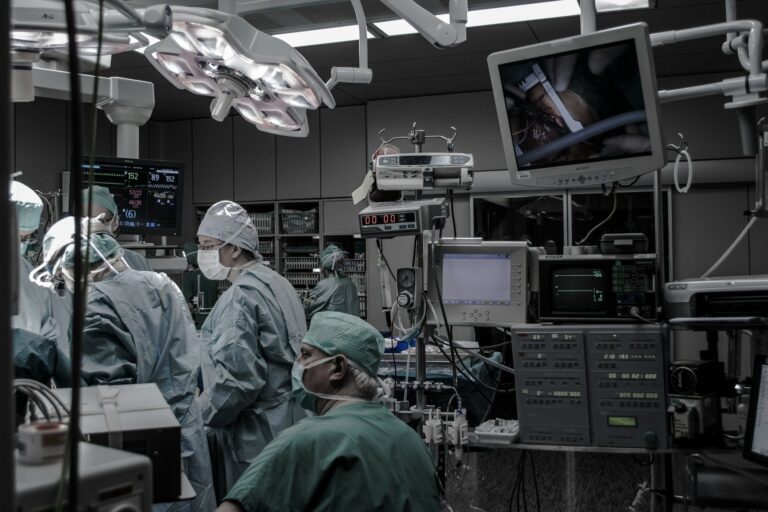
It’s a sad fact of life that ageing means an increased risk of injury and illness. The simple truth is that poor lifestyle choices and a natural decline in the virility of cells equate to a higher likelihood of cardiovascular disease and other issues, such as cervical stenosis.
The good news is that you can lower your risk of issues by adopting a healthy approach to life and educating yourself on the most common issues.
Cervical Stenosis – The Definition
Cervical stenosis is the medical term for a narrowing of the spinal canal. This can happen in any section of the spinal canal although it is most commonly an issue in the neck or upper spine.
Your spinal column goes through the middle of your vertebrae, the small bones that create the spine, support your body, and allow flexibility.
This canal is home to the nerves that connect your brain with the various parts of your body. A narrowing of the canal will cause inflammation inside the canal. This will add pressure to the nerves and cause you to feel pain. It can even pinch nerves and cause a loss of feeling in parts of your body.
You’ll want to see a doctor who is likely to refer you to a spine surgeon to discuss the best treatment options.
One of the most common causes is bone spurs. These are when small pieces of bone grow inside the spinal canal. They often form as a result of an injury or arthritis. Over time they get bigger and start compressing the nerves.
It can also be caused when a disc is herniated. That’s when the soft substances inside the disc comes out. While it is healing the gel substance can put pressure on the nerves.
Tumours and cysts are also a common issue. If these grow on or in the spinal column they will place pressure on the nerves and cause the canal to narrow as well as feeling painful.
It’s worth noting that older people are more at risk of falls which can cause spinal injuries, such as a compression fracture. This can result in a narrow cervical canal.
How To Tell If You Have Cervical Stenosis
The most common signs are pain in the upper spine and neck. This will be combined with muscle weakness, potential balance problems, reduced or lack of feeling in sections of your body, and even slow or non-existent reflexes.
Treatment
Your specialist will guide you through the options. At the extreme end, surgery can be performed to remove cysts or bone spurs. Your surgeon will make sure you are aware of all the risks involved when they widen the cervical canal.
In milder cases anti-inflammatories can reduce the inflammation, widening the canal and reducing or eliminating the pain. It can also be useful to undertake physical therapy sessions as this can help patients to understand the issue and regain the best possible movement while strengthening the area.



